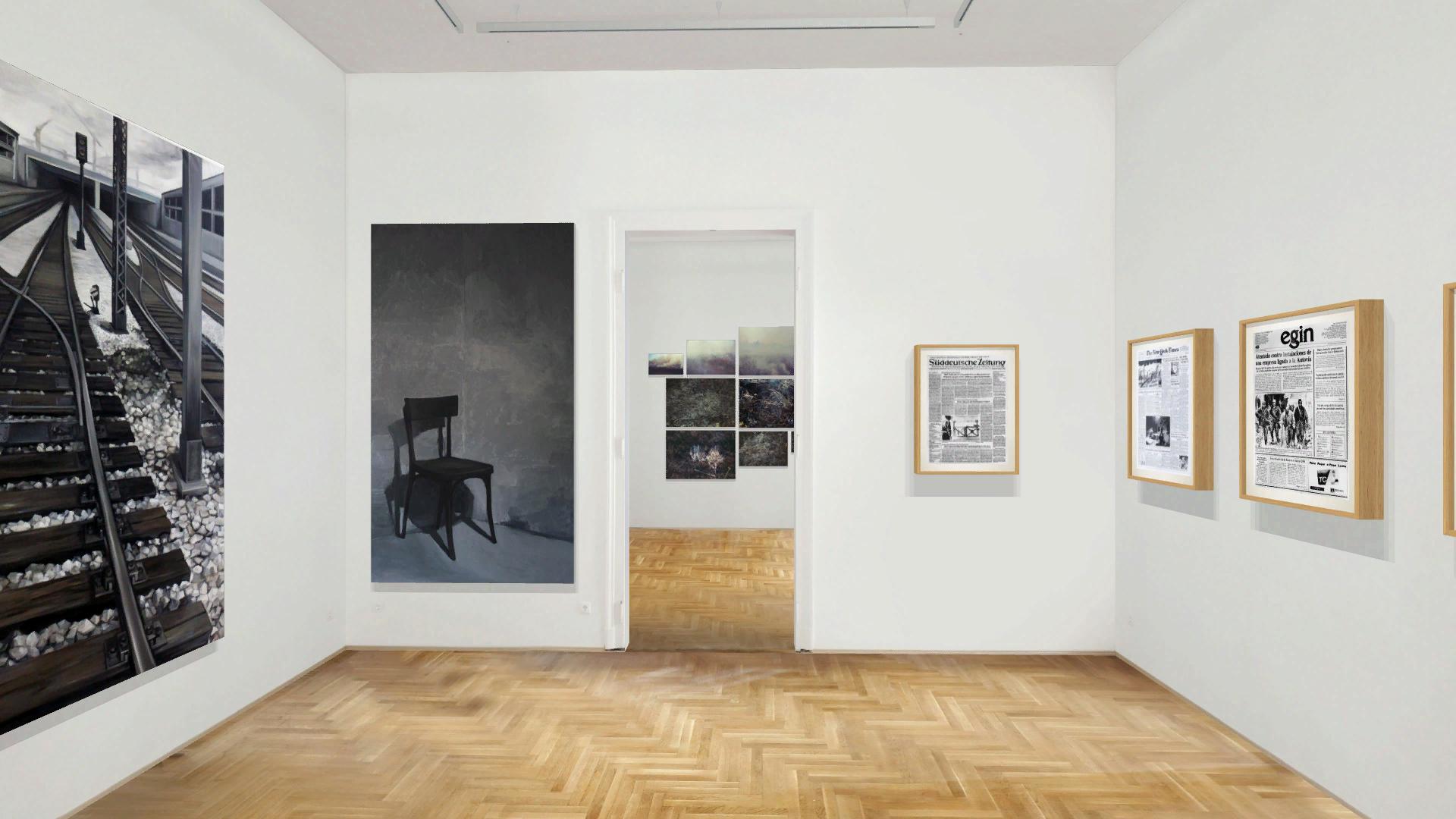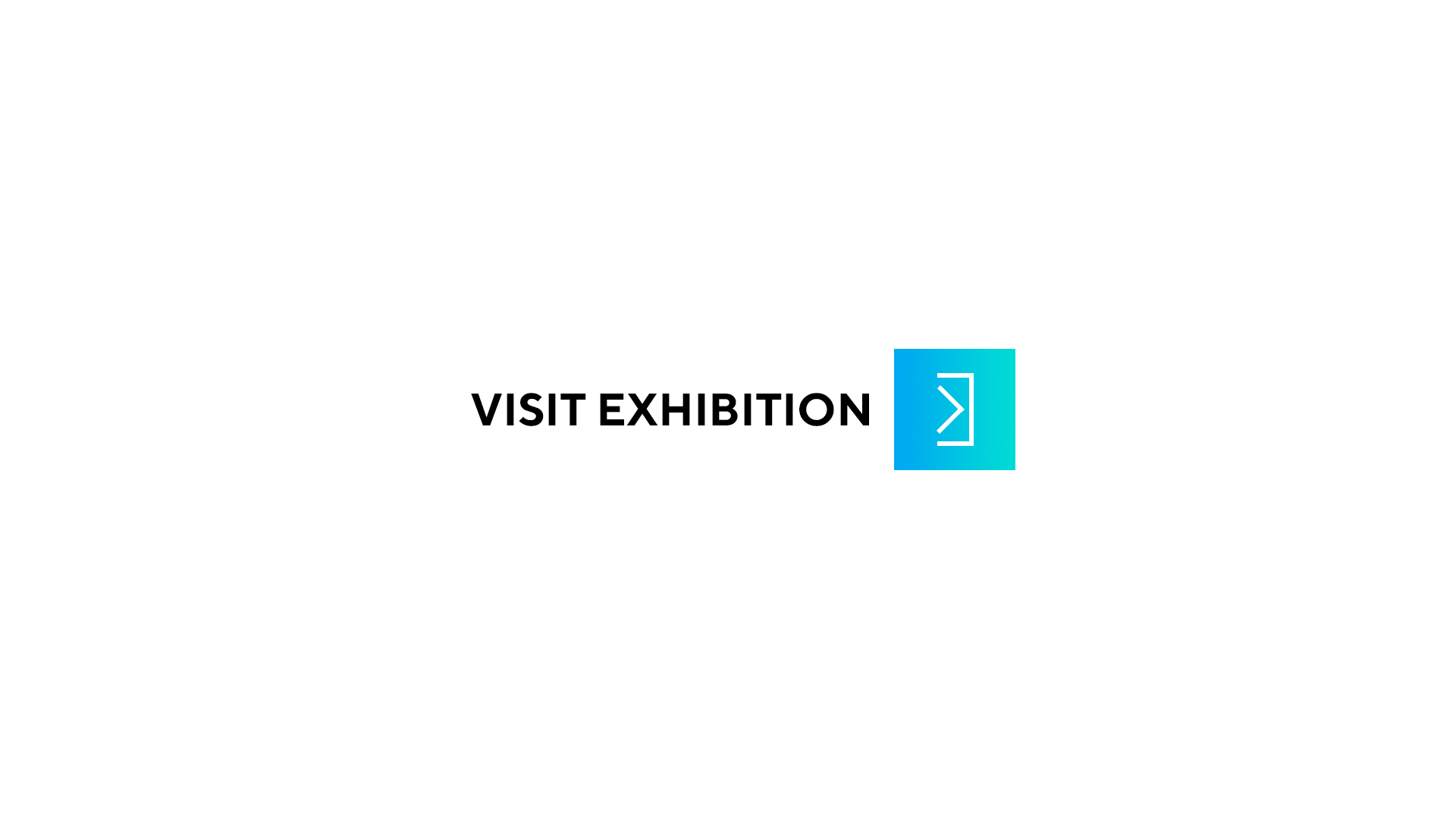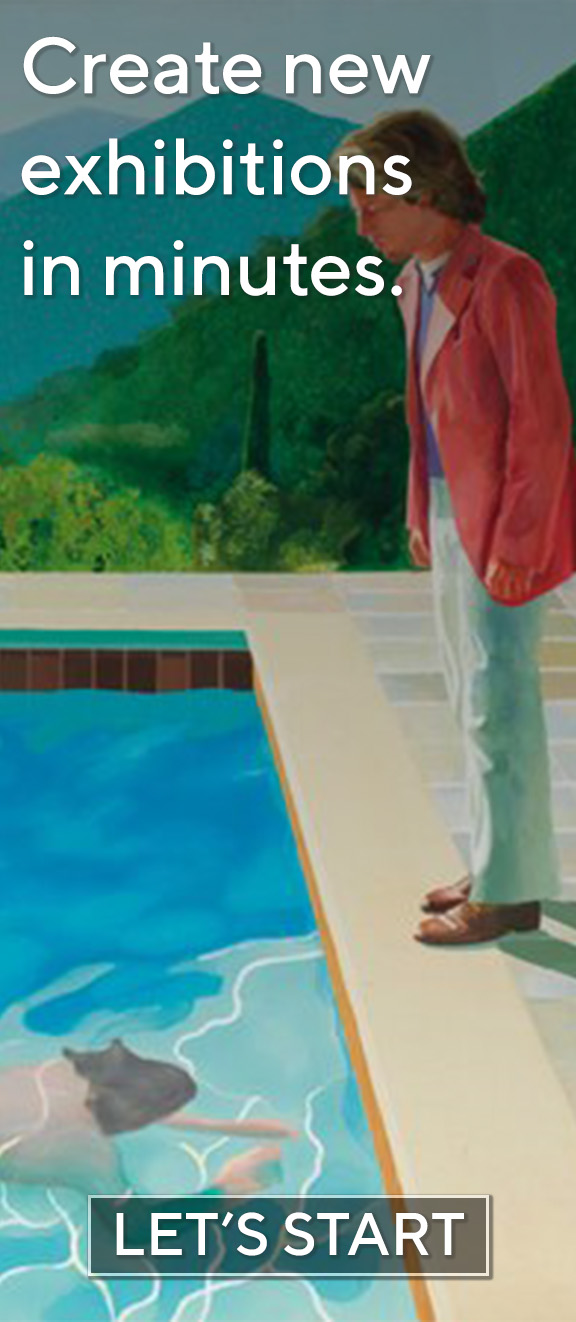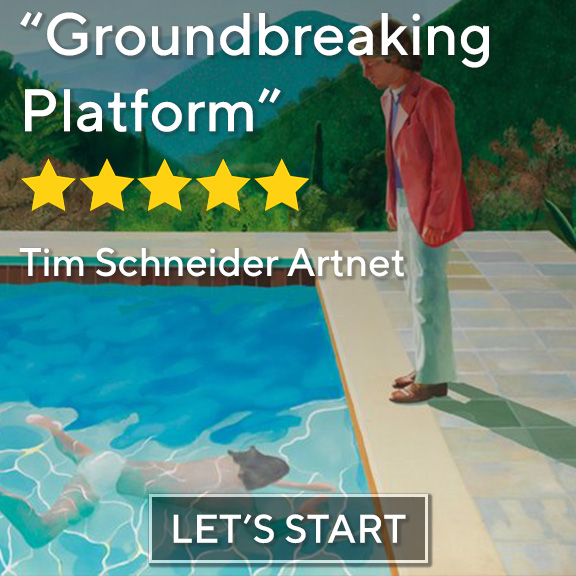

In recent years, the world has witnessed the emergence of numerous conflicts, many driven not only by military ambitions but also in deeply rooted political, ethnic, and religious tensions. While peace negotiations typically center around ceasefires, demilitarization, the investigation of war crimes, and questions of political power-sharing, these actions alone rarely guarantee lasting peace. True solution demands much more: the rebuilding of social cohesion and the reimagining of political and national identities. The aftermath of war is not simply about reconstructing buildings or restoring infrastructure. It is much more a cultural, historical, and psychological process. It is about addressing the invisible wounds that linger long after the violence has ended.
This exhibition reflects on this fragile and difficult period of identity crisis, drawing from the experience of the Balkan conflicts in the 1990s. Newly formed states such as Bosnia and Herzegovina, Kosovo, and North Macedonia were forced to define themselves anew. Creating national narratives in the shadow of violence proved to be a difficult and often painful task. The artworks on display do not offer definitive answers, rather, they confront the trauma itself. The pieces reflect the physical and psychological damage that continues to shape national consciousness for years, perhaps generations.
What emerges is a sense of tension about what to come next - a sense of anticipation and anxiety that is still present in societies after war. As the title also implies, the hardest work begins once the war is over. New institutions need to be built, new stories need to be told, and new forms of identity need to be imagined. This journey is long, controversial and often filled with tension.
The contemporary works on display feature a wide range of media and artistic approaches. Participating artists include individuals who have experienced the subject themselves: Mila Panić (BiH), Vladimir Miladinović (SRB), Nebojša Šerić Shoba (BiH), Biljana Djurdjević (SRB), Corinne Silva (UK), Leslie Fratkin (USA), Driton Selmani (RKS)










